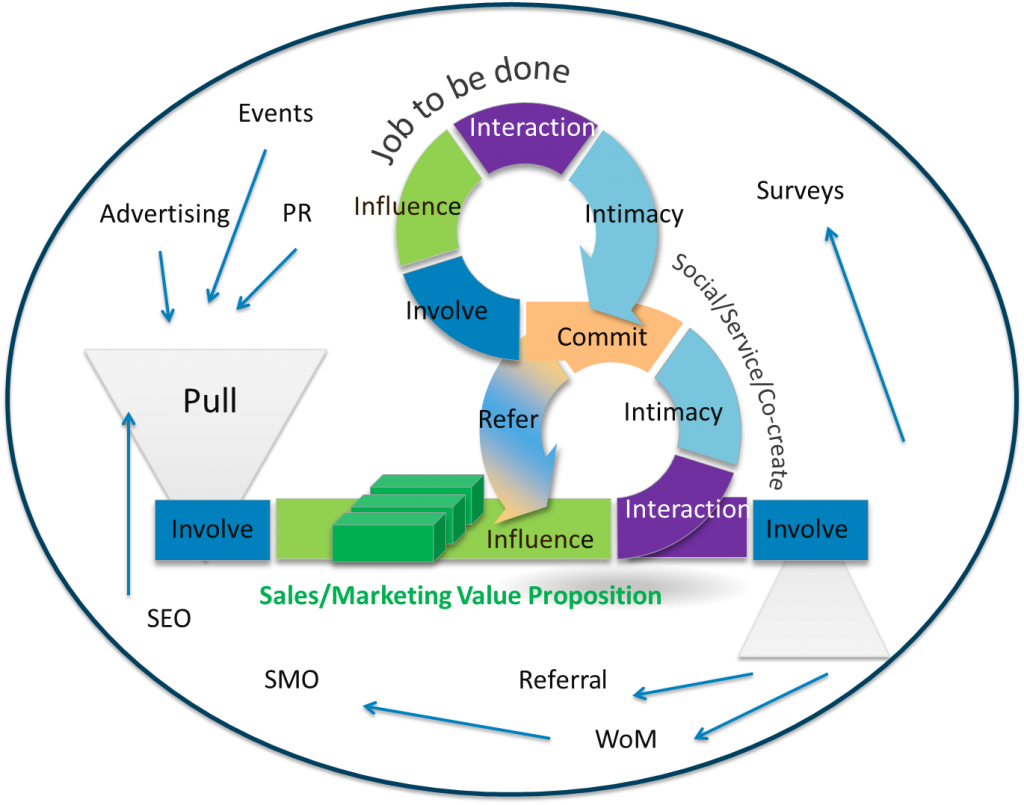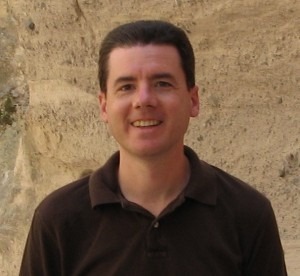In an upcoming Business901podcast (scheduled for January 8th), I had the pleasure interviewing Dr. Joyce Orsini, a professor of Fordham University and president of the W. Edwards Deming Institute and Kevin Cahill, the Executive Director of the institute. Dr. Orsini has also recently authored the book, The Essential Deming: Leadership Principles from the Father of Quality and Kevin is the grandson of Dr. Deming.
Having read most Deming books, spent a past Thanksgiving weekend watching on video the Four Days with Dr. Deming: A Strategy for Modern Methods of Management (text version) and tried to practice much of his teachings over the past 20 years, I feel somewhat a valid critic of a book on Dr. Deming. The Essential Deming is not just a re-write but a well-structured compilation of many of his teachings and a few new ones. The book is a very enjoyable, flows extremely well and can be read cover to cover with little effort. The articles and writings are grouped together in such a fashion to serve as a reference book for later use. Dr. Orsini also offers her insights adding valuable context to the material. I came away from the wanting to learn more about Dr. Deming and his work.

An excerpt from the upcoming podcast:
Joe: One of the questions I always wanted to ask someone. Did Dr. Deming and Peter Drucker ever get together? They are the two most prominent people in my mind about management and leadership that's influenced my life and they seem to run parallel paths. Did they ever get together and talk to each other?
Kevin: Well, I can tell you--Joyce may know some more specifics. I had read something--this goes back a number of years ago--that Peter Drucker and my father--I was asking the same question a number of years ago and talked to my mother a little about it and she said, "You know; I think they did." So, we reached out to Peter Drucker and he was his 90s at the time and living in Claremont in the Warren/Los Angeles area and said, "You know; we'd like to come and talk to you about my grandfather and your relationship,” and he said he would love to meet us.
My mother and I went out there, we did it twice; the first time, because he's in his 90s, we met him at his house and he said, "I've only got about a half-hour," and we ended up spending almost two hours with him. He asked if we would come back again and, about six months later, we spent another two, two-and-a-half hours with him and he talked about how they had met and worked together and had different ideas and so much of their stuff did dovetail. So, yes, they did have a relationship. Joyce may have more specifics on where that was and how that evolved.
Dr. Orsini: They were both at New York University; they overlapped somewhat in their tenures there. They had a tremendous respect for one another. Sometimes you see people who are running more parallel paths than integrated paths, not having much respect for one another, but these men did. My sense from what Dr. Deming told me was they enjoyed coming together and talking about their differences. They were very collegial.
Kevin: I got the same thing from Peter Drucker, his time at NYU and how much fun they had together and talking about different ideas. He clearly felt that from his side, too.
Joe: I would just think from the things that I've read; they arrived at similar points from different directions.
Dr. Orsini: That's a great way to say it.
Kevin: That's perfect.





